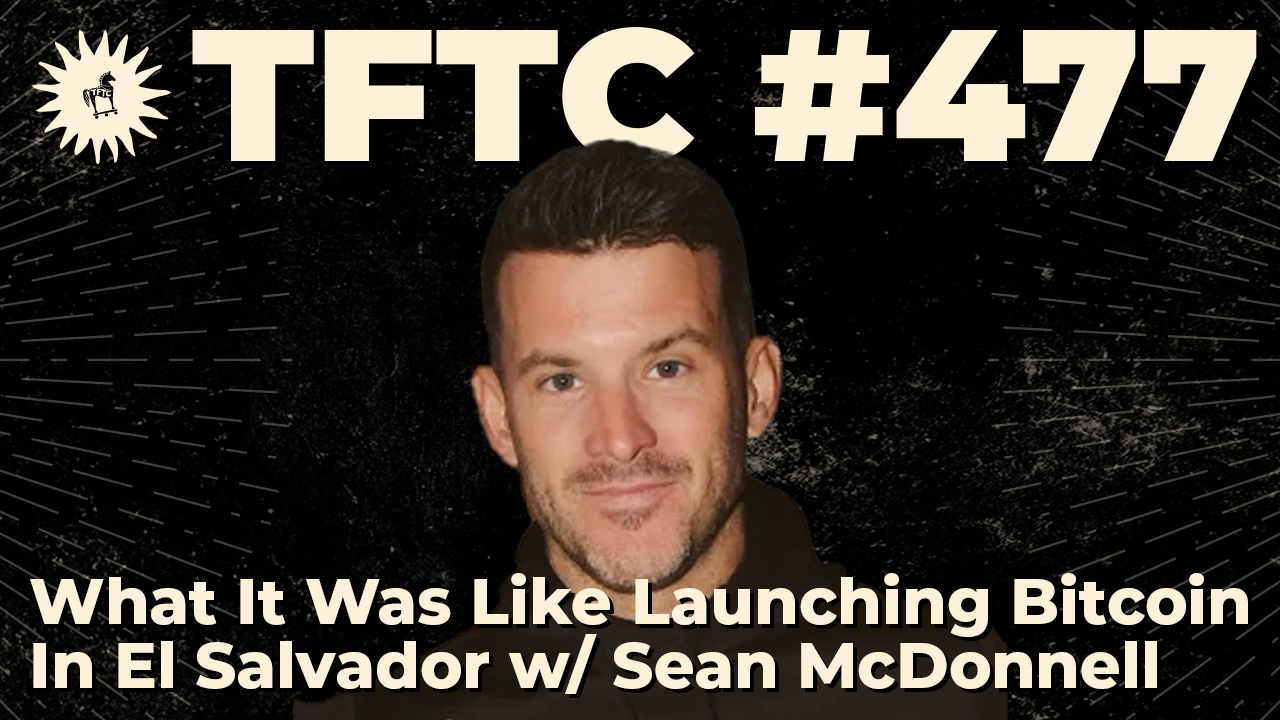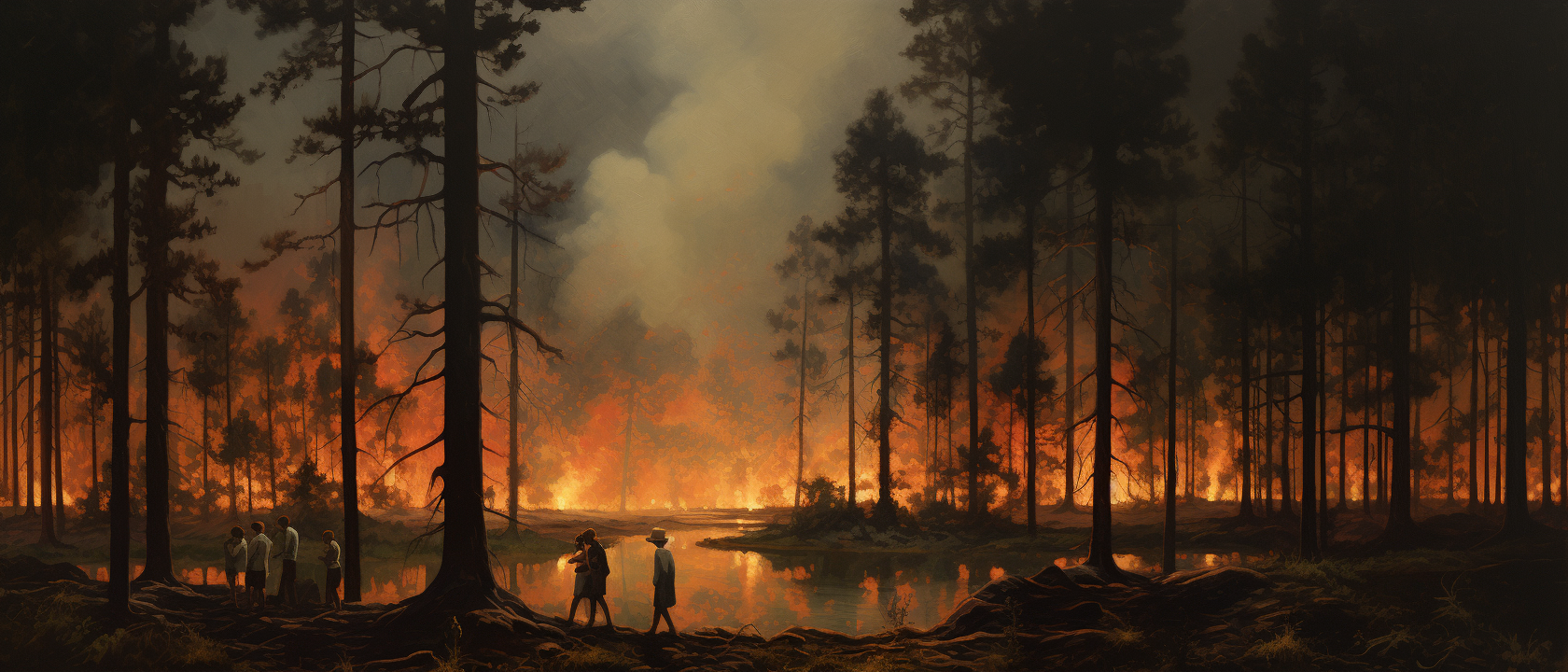The January 6th Narrative and Its Discrepancies
This post was originally published on
The January 6th, 2021, event has been the subject of extensive media coverage and government commentary. Initially, it was depicted as a violent insurrection with numerous claims regarding the events that took place. One of the most notable claims involved the death of Capitol Police officer Brian Sicknick, which was widely reported as being the result of a violent attack by protestors. Additionally, there were reports of pipe bombs being planted at the Democratic National Committee (DNC) and the Republican National Committee (RNC) headquarters. Over time, some of the initial claims have been contradicted by emerging evidence, raising questions about the accuracy of the early narratives.
The Case of Officer Brian Sicknick
Initial reports suggested that Officer Sicknick was fatally injured after being struck by a fire extinguisher during the January 6 protest. These reports were circulated widely and contributed to the characterization of the protestors as a violent mob. However, subsequent investigations revealed that Officer Sicknick died of natural causes the day after the event. He had reportedly been in contact with his family and did not go to the hospital immediately after the events at the Capitol.
Fatalities on January 6th
Contrary to initial reports, it was later confirmed that no one died during the events of January 6, except for four protestors. Two of the individuals suffered heart attacks, one died of an amphetamine overdose, and one, Ashli Babbitt, was shot by a Capitol Police officer. The revision of these details has led to significant scrutiny of the early accounts provided by the media and government sources.
The Pipe Bomb Narrative
The government and media also reported the planting of pipe bombs at the DNC and RNC headquarters. Despite the intense surveillance in Washington, D.C., particularly around the Capitol and major government buildings, the individual responsible for planting these devices has not been identified. The narrative around these pipe bombs added to the sense of threat and urgency on January 6 and was used to bolster the characterization of the event as an act of domestic terrorism.
Emerging Evidence and Analysis
New video evidence, believed to have been obtained by Revolver News founder Darren Beatty, from footage provided by Congressman Thomas Massie, casts doubt on the level of danger posed by the pipe bombs. The footage reportedly shows Secret Service agents and law enforcement responding with a lack of urgency after being informed of the bomb, suggesting they may have been aware that the device was not a viable threat. This contrasts sharply with the typical protocols and reactions expected from the Secret Service, especially given that Vice President-Elect Kamala Harris was reportedly in proximity to one of the devices.
Political Implications and the Role of Fear
The reporting and subsequent debunking of various claims related to January 6 raise questions about the role of fear in influencing public perception and the political response to such events. The anthrax attacks following 9/11 are cited as an example of how fear can be escalated to shape public opinion and justify government actions. In the case of January 6, the discrepancies in the narrative potentially reflect a broader pattern of exaggeration to amplify the perceived threat and seriousness of the event.
Conclusion
The evolving understanding of the events of January 6 highlights the importance of scrutinizing initial reports and narratives, especially when they have significant implications for public policy and the exercise of government authority. As new evidence comes to light, it necessitates a reevaluation of the incident and the narratives that have been constructed around it. The discrepancies in the accounts of Officer Sicknick's death and the pipe bomb threats underscore the complexity of discerning fact from fiction in the immediate aftermath of such events.




